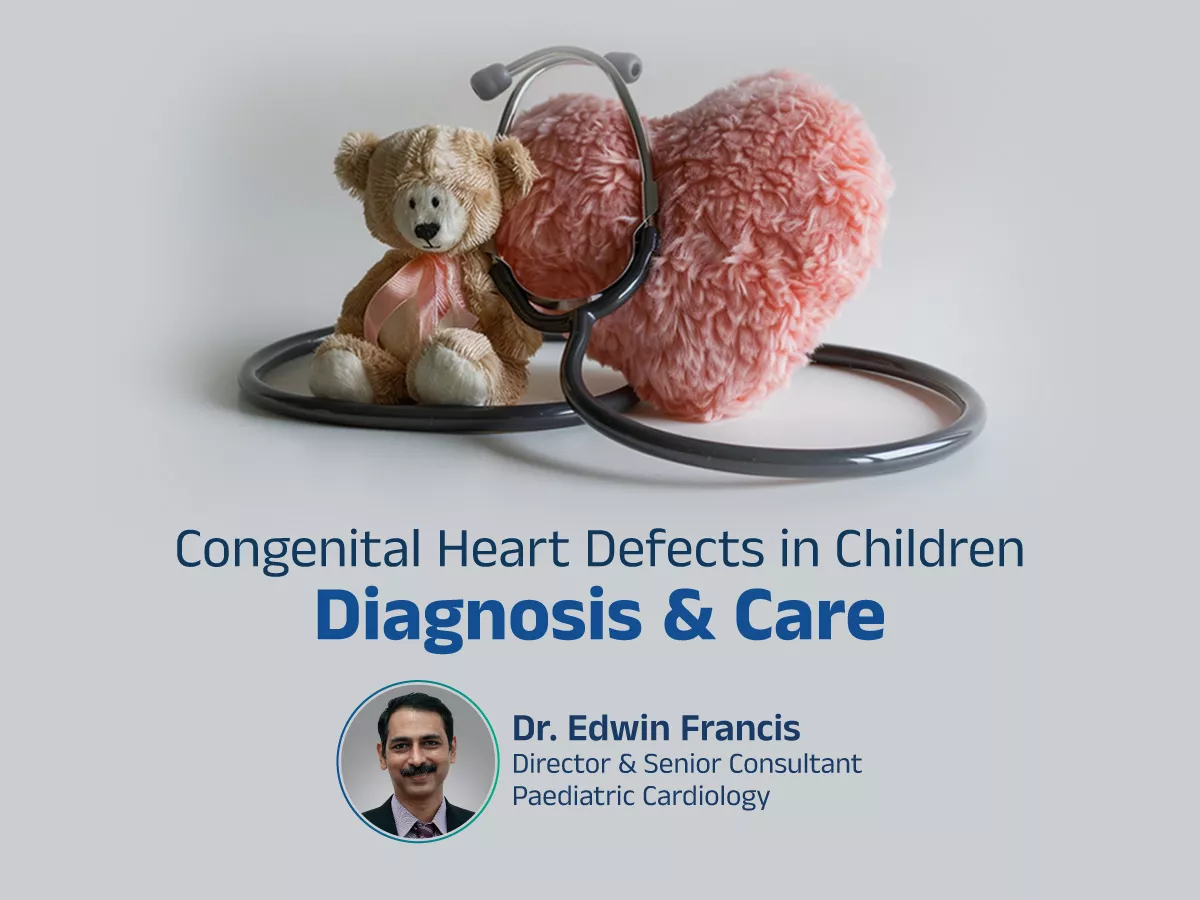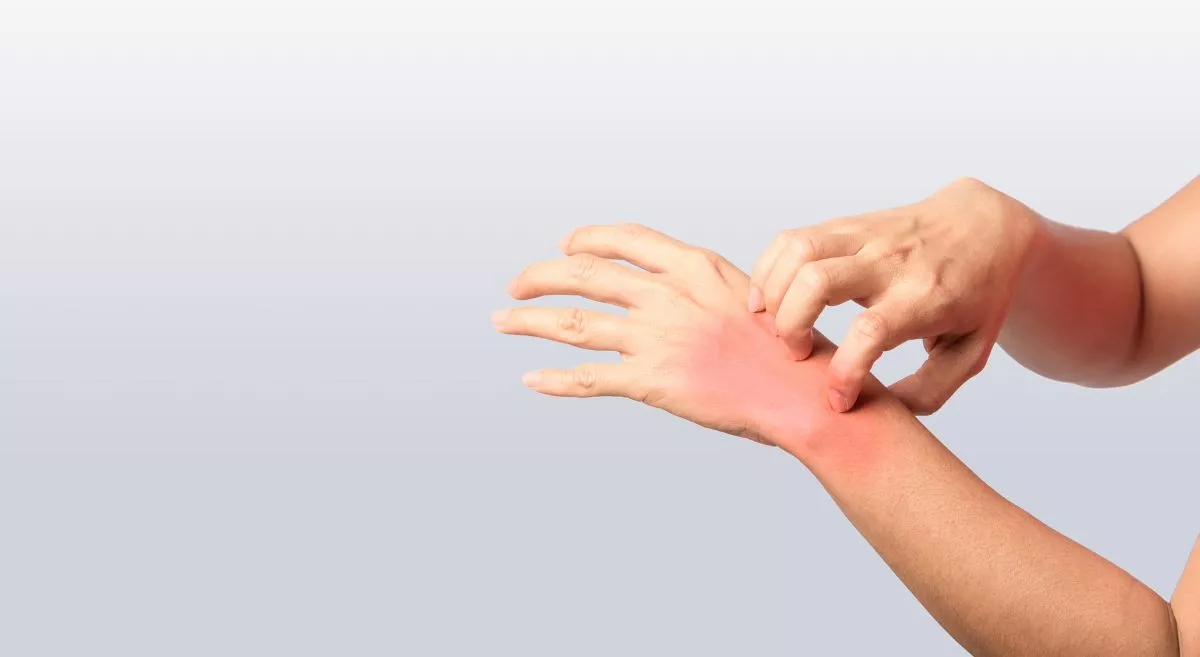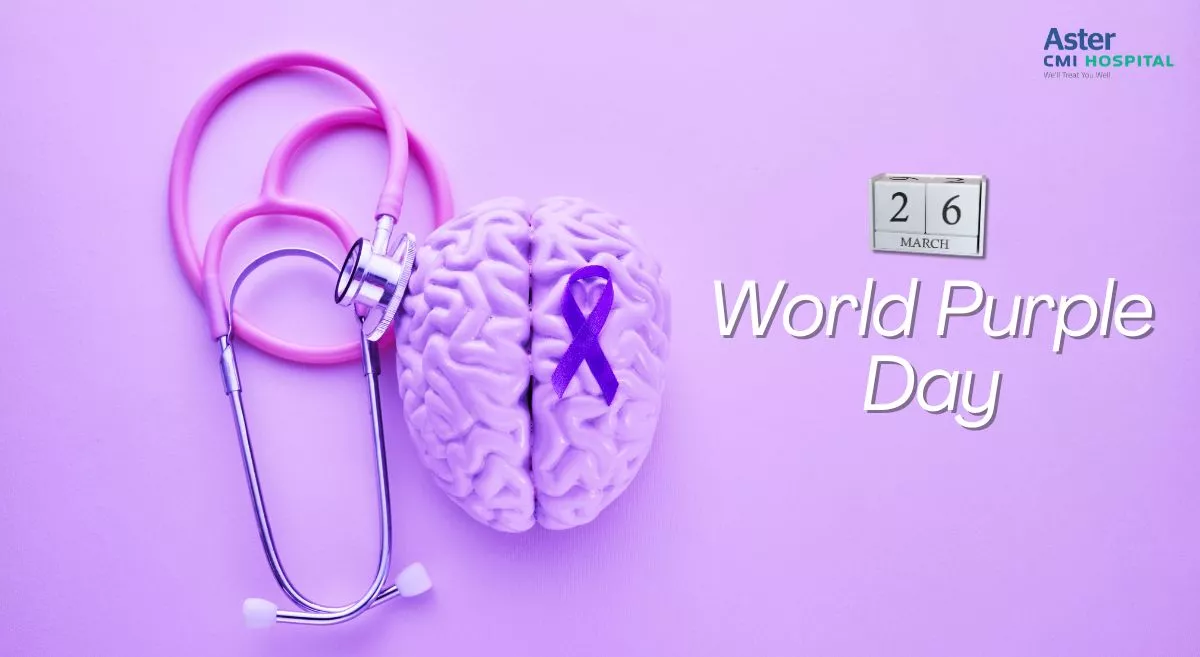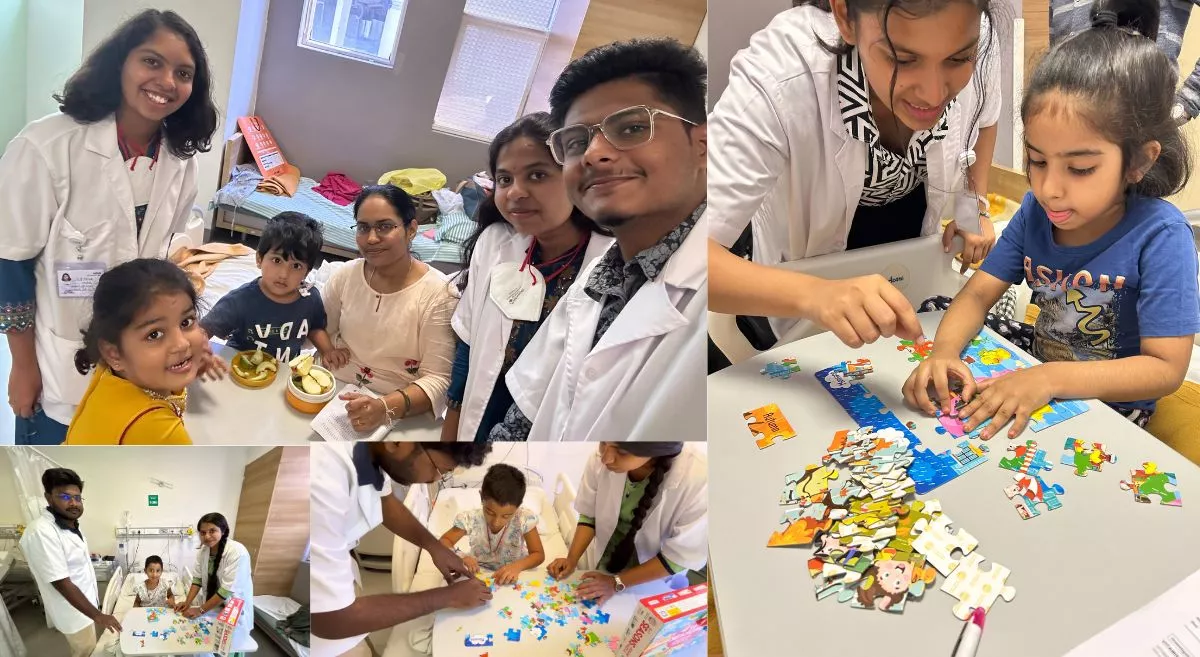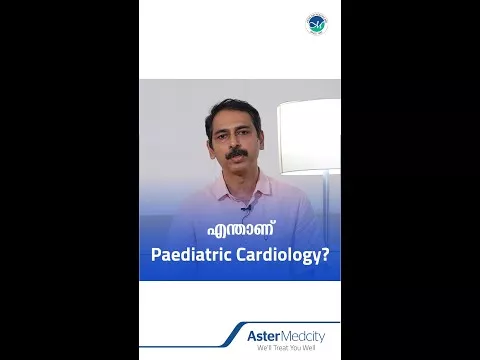Congenital heart defects (CHDs) are structural abnormalities in the heart that are present from birth. They are among the most common birth defects, affecting approximately 1% of newborns worldwide. While CHDs vary in severity—from minor issues requiring little to no treatment to complex conditions necessitating surgical intervention—advances in medical technology have significantly improved outcomes for affected children.
This blog delves into the types, causes, diagnostic approaches, and care strategies for congenital heart defects in children.
What Are Congenital Heart Defects?
Congenital heart defects are malformations in the structure of the heart or its blood vessels that disrupt normal blood flow. These defects can involve the heart’s walls, valves, or major arteries and veins.
Types of Congenital Heart Defects
Simple CHDs: These are often mild and may not require immediate intervention:
- Atrial Septal Defect (ASD): A hole in the wall separating the two upper chambers of the heart.
- Ventricular Septal Defect (VSD): A hole in the wall between the two lower chambers.
- Patent Ductus Arteriosus (PDA): Failure of the ductus arteriosus (a fetal blood vessel) to close after birth.
Complex CHDs: These require specialized care and treatment:
- Tetralogy of Fallot (TOF): A combination of four defects, including a VSD, pulmonary stenosis, right ventricular hypertrophy, and an overriding aorta.
- Transposition of the Great Arteries (TGA): The positions of the aorta and pulmonary artery are reversed.
- Hypoplastic Left Heart Syndrome (HLHS): The left side of the heart is underdeveloped.
- Coarctation of the Aorta: Narrowing of the aorta, restricting blood flow.
Causes and Risk Factors
The exact cause of CHDs is often unknown, but several factors may contribute:
1. Genetic Factors
- Genetic conditions like Down syndrome or Turner syndrome.
- CHO recurring in family is very rare.
2. Environmental Factors
- Maternal illnesses during pregnancy (e.g., rubella or diabetes).
- Certain medications or exposure to harmful substances.
- Smoking, alcohol consumption, or drug use during pregnancy.
Symptoms of Congenital Heart Defects
The symptoms of CHDs vary depending on the severity of the defect. Common signs to look out for include:
- Rapid or labored breathing.
- Cyanosis (bluish tint to the skin, lips, or nails).
- Poor feeding or difficulty gaining weight.
- Fatigue, especially during feeding or physical activity.
- Heart murmurs (unusual sounds heard during a heartbeat).
Diagnosis of Congenital Heart Defects
Diagnosing CHDs early is crucial for effective management. Modern medical techniques have made it possible to detect many defects before or shortly after birth.
1. Prenatal Diagnosis
- Fetal Echocardiogram: Uses ultrasound to assess the structure and function of the fetal heart, typically performed after 18 weeks.
2. Postnatal Diagnosis
- Physical Examination: Listening for heart murmurs and checking for signs of cyanosis.
- Echocardiography: A key diagnostic tool that provides detailed images of the heart’s structure and function.
- Chest X-rays: To evaluate the size and shape of the heart.
- Electrocardiogram (ECG): Assesses the heart’s electrical activity.
- Cardiac Catheterization: A more invasive procedure to diagnose complex defects and plan interventions.
Treatment Options for CHDs
1. Medications
- To manage symptoms like irregular heartbeats and heart failure
- Common drugs include diuretics, beta-blockers, and ACE inhibitors.
2. Surgical Interventions
- Oen-Heart Surgery: Repairs or reconstructs the heart’s structure.
- Catheter-Based Procedures: Minimally invasive techniques like balloon angioplasty or device closure for ASDs and PDAs, value replacement.
- Heart Transplant: For severe cases where the heart is irreparably damaged.
3. Long-Term Monitoring
- Many children with CHDs require lifelong follow-up with a cardiologist to monitor their heart health and address any complications.
Caring for a Child with a Congenital Heart Defect
1. Emotional Support
• Living with a CHD can be challenging for both the child and family. Counseling and support groups can provide emotional relief and valuable information.
2. Nutritional Needs
• Children with CHDs may experience difficulty feeding or require specialized diets to ensure proper growth and development.
3. Physical Activity
• Encourage physical activity within safe limits. Discuss with a cardiologist to determine suitable activities.
4. Regular Medical Follow-Ups
• Routine check-ups with a pediatric cardiologist are essential to track the child’s progress and manage potential complications.
5. Educating Yourself and Others
• Learn about the child’s specific condition to advocate effectively for their needs and educate teachers, caregivers, and peers.
Conclusion
Congenital heart defects are complex but manageable conditions when diagnosed and treated promptly. By recognizing the signs, seeking timely medical advice, and providing comprehensive care, parents can ensure their children thrive despite these challenges. If you suspect a heart issue or have a family history of CHDs, consult a pediatric cardiologist to secure the best possible outcome for your child.
